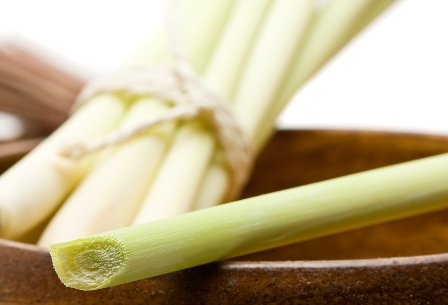

Suntans v. Sunburns. As we all know very well, the sun is a power tool and a reason for vacation. The sun, family, fun, ocean—all blissful motivations for going to the beach—but our point is that with the sun and the beach comes sand, tans and sunburns!
So how do you know you’re prepared for a tan and how do you know when your tan becomes sunburn. The first thing to take into consideration is the fairness of your skin—lighter skin burns more easily. So in addition to the general tips we give you, take extra precautions if you’re a member of the lighter complexion.
With that being said, what is a suntan? A suntan is a browning of skin caused by exposure to the sun. This is similar to the cooking of a rotisserie chicken, so if you leave the chicken in there too long, it burns. The really cool nerdy part of a suntan is basically the stimulation of melanocytes from UV radiation, which encourages your skin to produce more melanin and darkens pigment.
Isn’t it neat how your skin reacts to the environment? We think it’s pretty extraordinary—a tan done right can produce beautifully golden skin and wonderful result. The best thing to do at that point is to keep it moisturized and clean.
Now, without proper protection and staying in the rotisserie oven too long, a sunburn could be produced. A sunburn occurs when there is a delayed reaction from UV B-erythema, which is caused by an increase in blood flow. The burn usually shows itself in at least 4 hours and peaks between 8 to 24 hours. In other words, in some cases the skin doesn’t take well to the UV and doesn’t absorb it properly. It requires extra protection to not burn in a lot of sun. On the other hand, if your skin isn’t regularly exposed to the sun, it weakens the skin’s ability to handle the sun. Therefore, completely hiding your skin from the sun isn’t good for health either. Your body needs vitamin D that the sun provides. So try to find a health balance.
Symptoms of Sunburns:
- Redness of skin.
- Skin may radiate heat and feel hot to touch.
- Pain or tenderness.
- Blistering and peeling skin.
- Sunburned eyes may feel painful or gritty.
- Headache, fever and fatigue if sunburn covers a large area.
- In severe cases, faintness, nausea, and vomiting.
The EE 411: Prevention and Best Suntan Practices
Prevention-
- Sunscreen/sun block
- Sun hats and caps
- Umbrellas and beach umbrellas
- Aloe Vera (helps soothe pain and redness)
- Find shade
- Try to avoid prolonged exposure to direct the sun between 10am and 4pm when it’s at its strongest.
- Sunglasses
- Loosely fitting clothing
Best Suntan Practices:
- Always apply suntan or sunblock according to the directions provided. If it says last for 80 minutes and you’re going to be in the sun for 160 minutes, please reapply after the first 80 mins. It is advisable to look after your skin’s safety.
- Putting up an umbrella on a beach is practically as fashionable as wearing a hat and it’s healthy too. Even use it while walking like if you forgot your sunscreen, you may look silly but your skin will be protected.
- Wearing sunglasses helps protects your eyes from the sun because they can be damaged by the sun too.
- Avoid prolonged direct exposure to the sun during the hottest parts of the day which is between 10 am and 4 pm. Go out early mornings and evenings, if you can’t take extra precaution for your type of skin.
- If burned, do not exfoliate or pick at your skin—it will come off on its own. Gently cleanse and moisturize. If especially painful, try aloe vera to help cool your sunburns.
Share with us: How do you avoid sunburns? What are your best suntan practices?
(This post was brought to you by Earth’s Enrichments. Similar posts can be found by visiting our Blog. More information about our company and products (USDA Certified Organic Soaps, Organic Bath Salts, Organic Sugar Scrubs, Organic Body Balms, Organic Lip Balms and Organic Hair Care) can be found on our Website. Thank you Earth’s Enricher!)


















